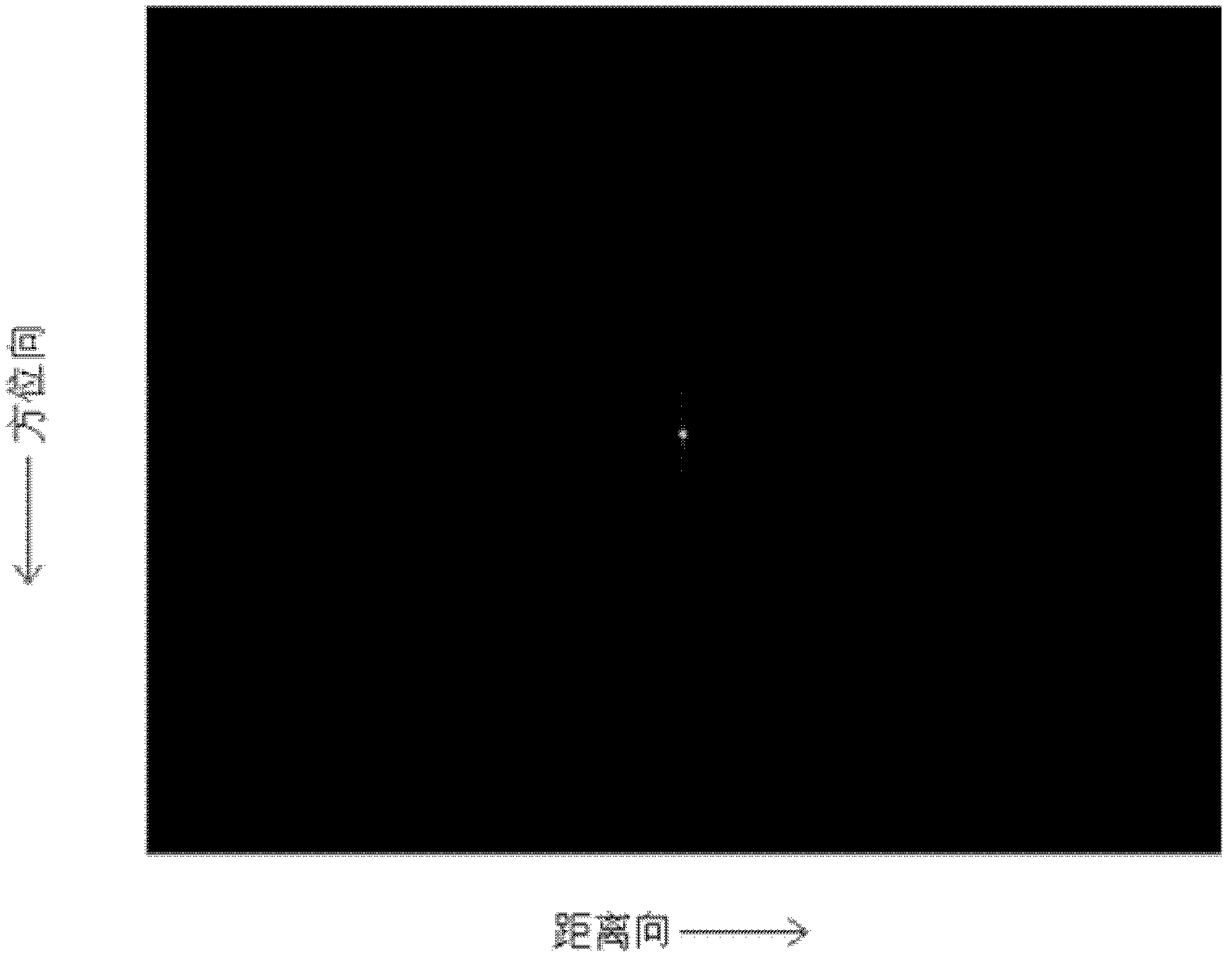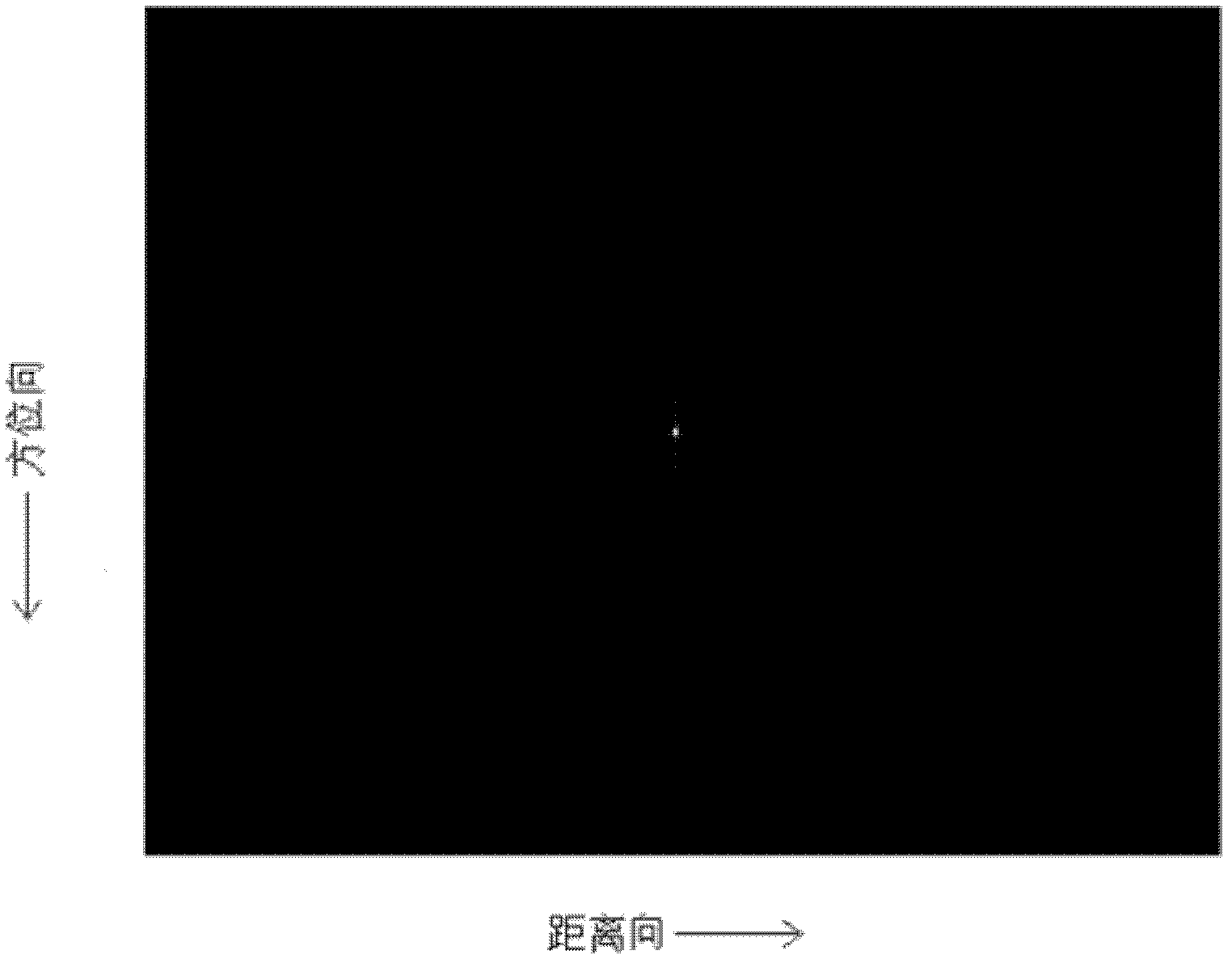Ultralow sidelobe synthetic aperture radar imaging method based on complete complementary sequence
A fully complementary sequence, synthetic aperture radar technology, applied in the field of signal processing, can solve the problems of destroying the non-sidelobe characteristic of the pulse compression signal of the fully complementary sequence, poor imaging performance of the waveform of the fully complementary sequence signal, and restricting the application of the fully complementary sequence, etc. High-resolution, easy-to-achieve, easy-to-create effects
- Summary
- Abstract
- Description
- Claims
- Application Information
AI Technical Summary
Problems solved by technology
Method used
Image
Examples
Embodiment
[0125]This embodiment proposes an ultra-low sidelobe synthetic aperture radar imaging method based on a complete complementary sequence, where the parameters involved in the imaging process are shown in Table 1.
[0126] Table 1 Example parameters
[0127]
[0128] This embodiment specifically includes the following steps:
[0129] Step 1: Divide the echo data C based on the complete complementary sequence signal waveform into the echo data C obtained by separately using sequence A and sequence B as radar transmission signals 1 and C 2 ;
[0130] C 1 and C 2 is also a two-dimensional complex array. According to formulas (3) and (4), C can be obtained 1 and C 2 .
[0131] Step 2: range pulse compression processing based on matched filtering;
[0132] Using the two complementary code sequence signals of the complete complementary sequence as reference signals, the echo data C of sequence A and sequence B are respectively 1 and C 2 Perform distance matching filterin...
PUM
 Login to View More
Login to View More Abstract
Description
Claims
Application Information
 Login to View More
Login to View More - R&D
- Intellectual Property
- Life Sciences
- Materials
- Tech Scout
- Unparalleled Data Quality
- Higher Quality Content
- 60% Fewer Hallucinations
Browse by: Latest US Patents, China's latest patents, Technical Efficacy Thesaurus, Application Domain, Technology Topic, Popular Technical Reports.
© 2025 PatSnap. All rights reserved.Legal|Privacy policy|Modern Slavery Act Transparency Statement|Sitemap|About US| Contact US: help@patsnap.com



